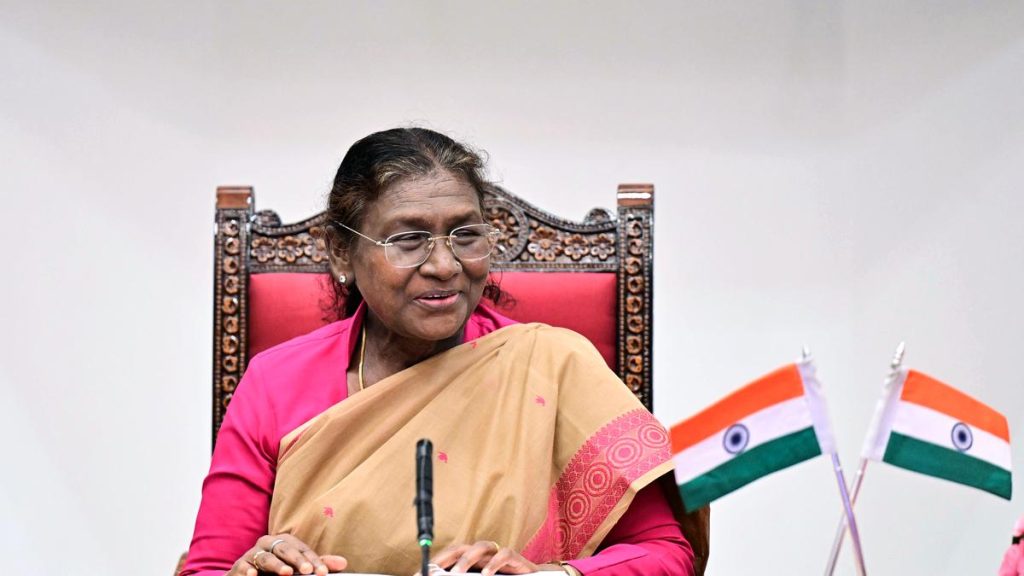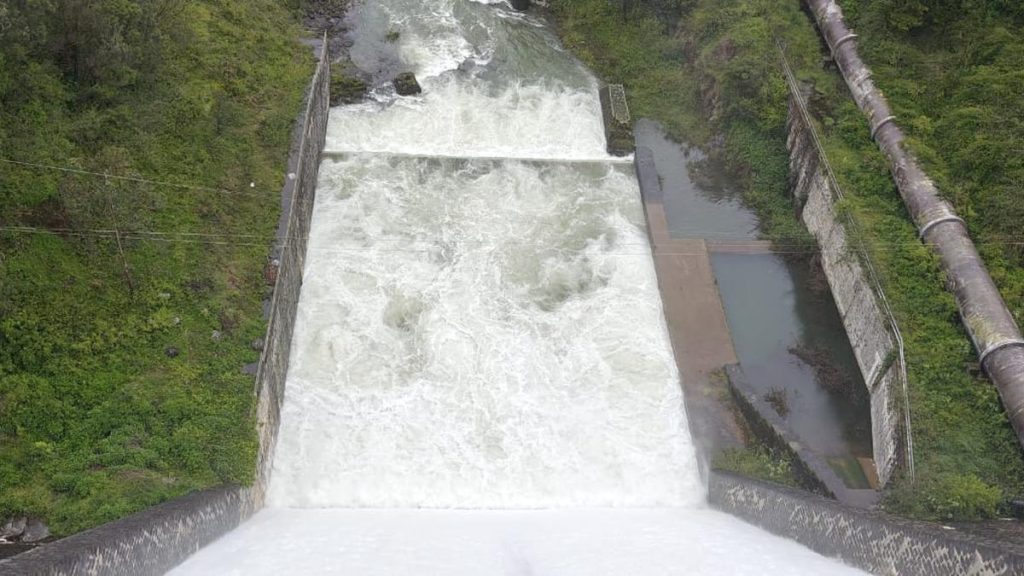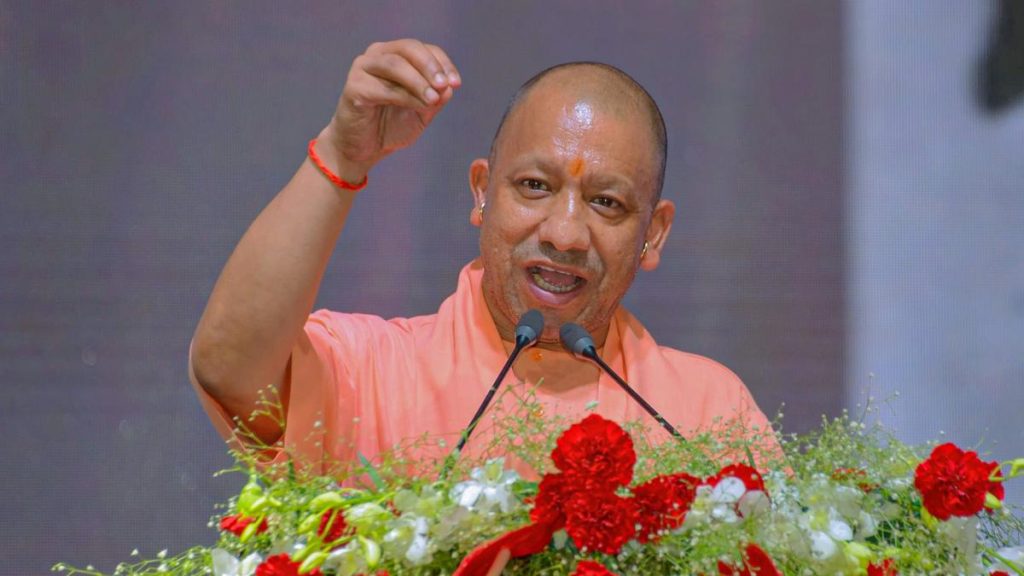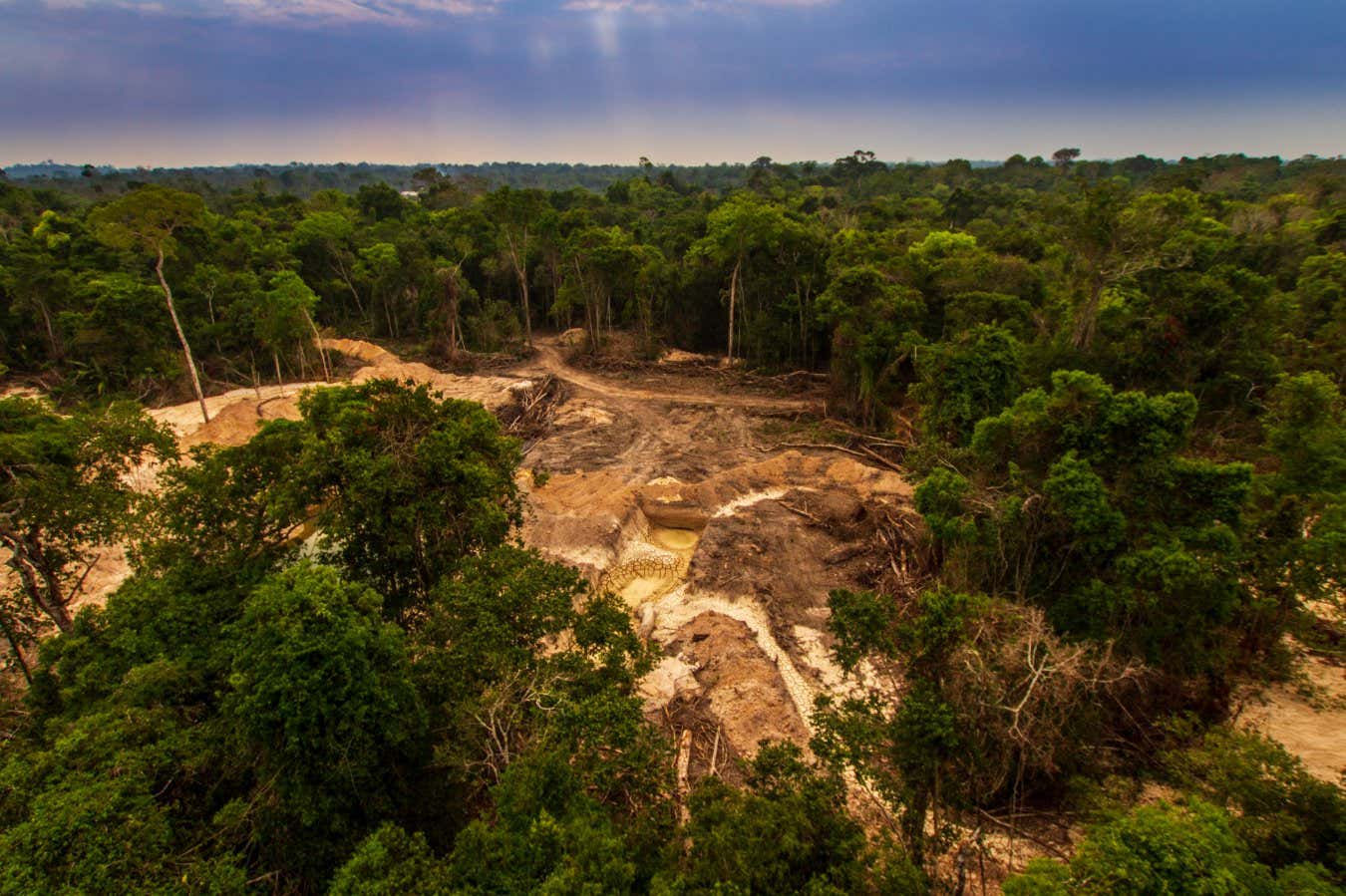Now Reading: China Plans Mission to Explore Two Asteroids in Solar System
-
01
China Plans Mission to Explore Two Asteroids in Solar System
China Plans Mission to Explore Two Asteroids in Solar System
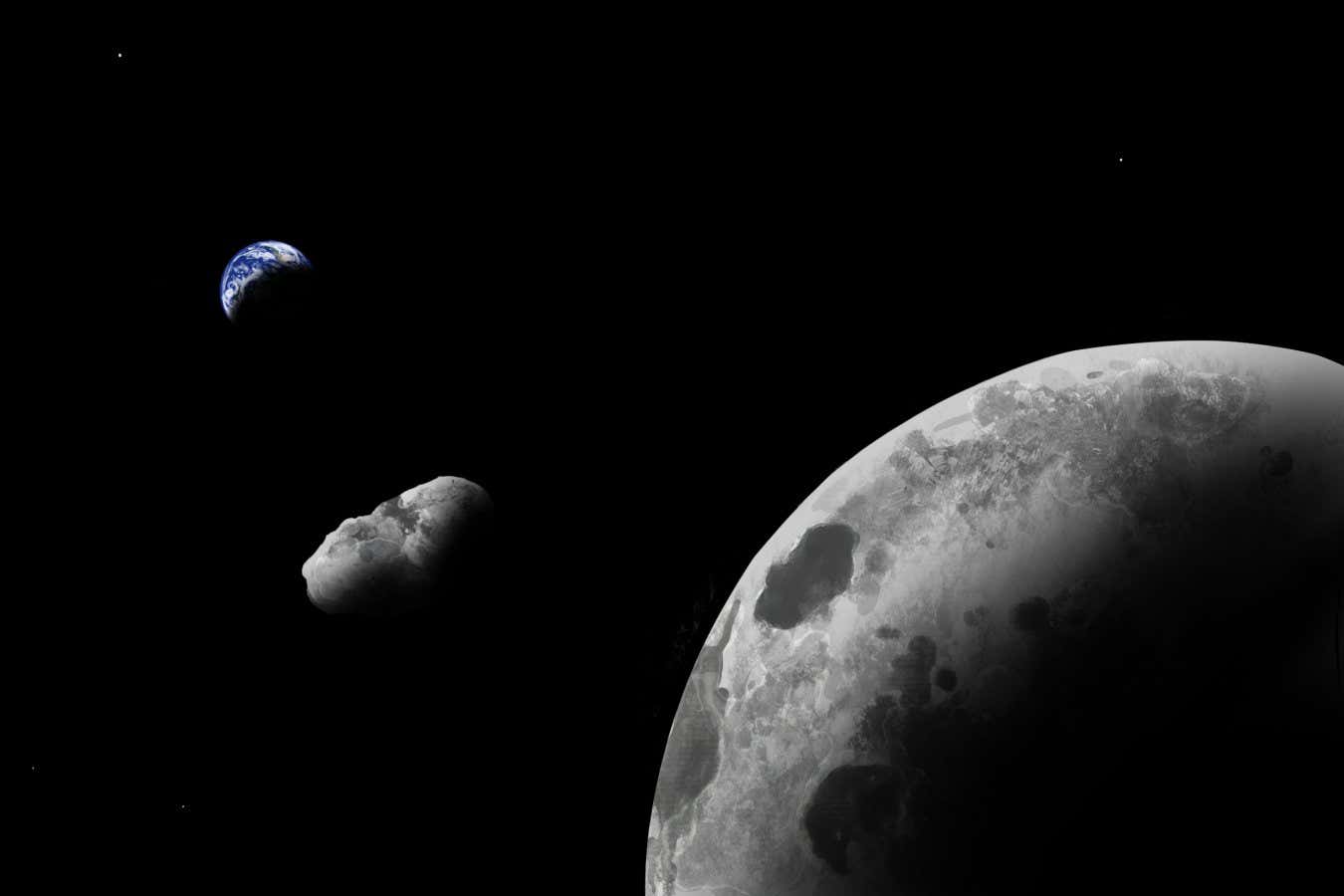
Fast Summary
- China is preparing to launch the Tianwen-2 mission from Xichang Satellite Launch Center on May 29, 2025.
- The uncrewed spacecraft will collect a sample from asteroid Kamoʻoalewa-a quasi-satellite of Earth suspected to be a lunar fragment-and return it to Earth by late 2027.
- Using earth’s gravity, the probe will then head toward comet-like asteroid 311P/PanSTARRS in the asteroid belt, expected to arrive by 2034 for remote observation.
- The mission’s goals include studying objects’ origins and differences between asteroids and comets for insights into early solar system history.
- Navigation challenges arise as Kamoʻoalewa spins, demanding high-powered computational algorithms and problem-solving approaches.
- Concerns remain that CNSA may restrict access to scientific data based on past patterns during collaborative projects with foreign institutions.
Image Caption: An artist’s impression of Earth’s quasi-satellite Kamoʻoalewa (Source: Addy Graham/University of Arizona).
!An artist impression of Kamoʻoalewa
Indian Opinion Analysis
China’s Tianwen-2 mission highlights growing global competition in space exploration and scientific advancement concerning asteroids and comets. As India continues its advancement in space research through ISRO initiatives such as Chandrayaan missions, this development reinforces the strategic need for robust investment in similar scientific pursuits like planetary defense studies or interplanetary missions.
The targeted study of quasi-satellites like Kamoʻoalewa potentially paves paths toward understanding celestial formations relevant even for near-Earth threat assessments-a domain emerging globally but underexplored across South Asian states. However, China’s documented reluctance to share data implies future challenges around international collaboration in planetary science-posing barriers India should anticipate if such cooperation seeks expansion with CNSA or Chinese-led coalitions.
India may use lessons drawn from successful multi-agency collaborations (e.g., NASA-european Unions-output accessibility)-counteracting risks-around-information opacity visibility clarity-first-promote indigenous breakthroughs likely underpin longer-term integrations worldwide benefits Read More link inserted()=’not duplicating outward-view-space-only’


